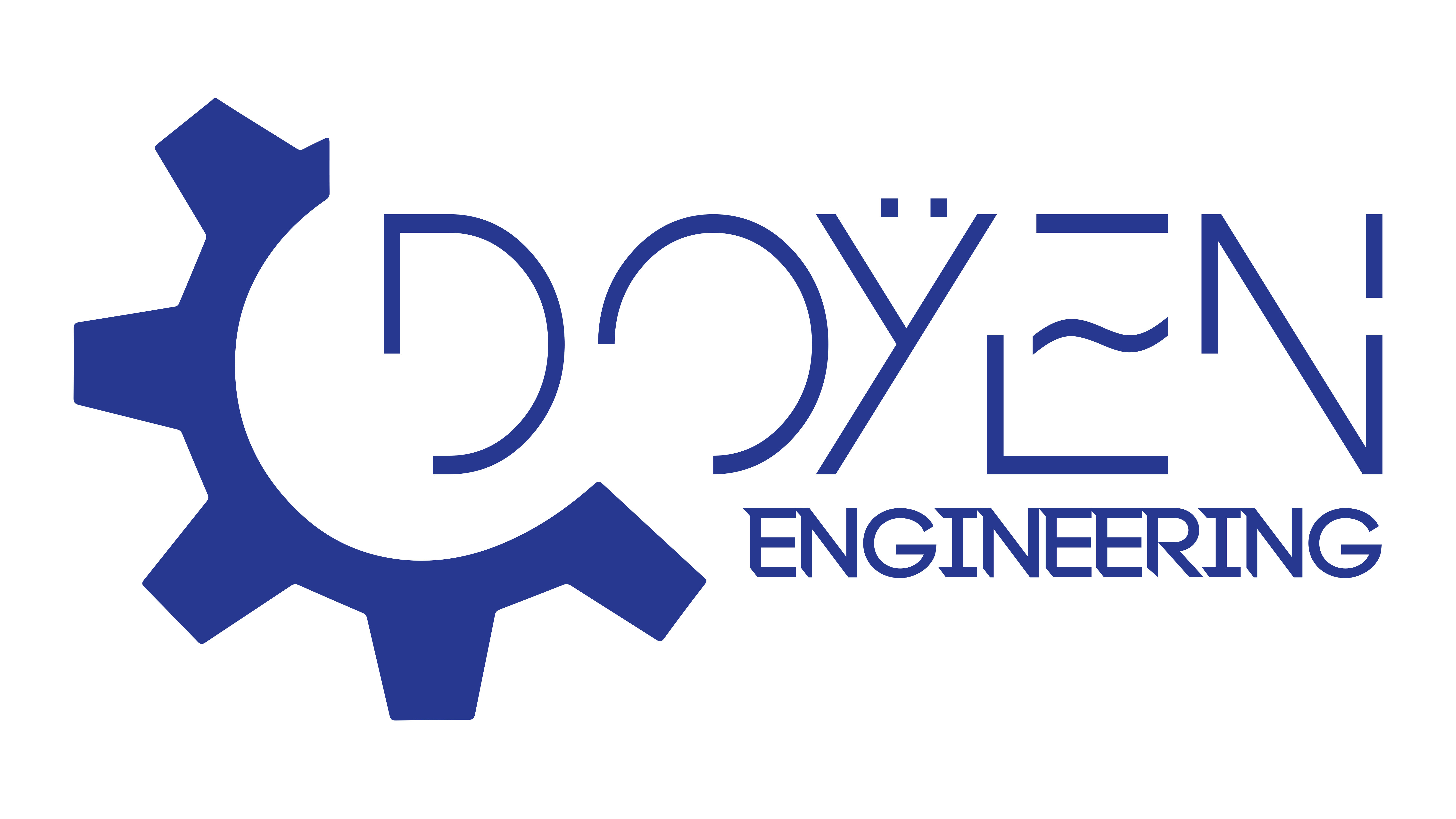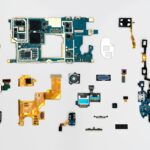
Introduction to Future Innovations in Electrical Engineering
Current Trends in Electrical Engineering
As we step into a new era, the landscape of electrical engineering is rapidly evolving. Current trends are significantly driven by sustainability, connectivity, and efficiency. A growing emphasis on renewable energy sources is reshaping traditional power generation methods, while the adoption of smart technologies is enhancing how we manage electrical systems. Notably:
- Increased investment in green technologies
- Expansion of smart grid infrastructure
- Growth of electric vehicles (EVs)
Importance of Innovation in the Field
Innovation is not just a buzzword; it's the lifeblood of electrical engineering. Embracing new technologies leads to improved systems and enhances safety, reduces environmental impact, and fosters economic growth. As someone who has witnessed the transformative power of innovation firsthand, I can attest to its significance. Consider these points:
- Enhancing energy efficiency: Innovative solutions pave the way for reduced consumption.
- Driving economic development: New technologies create jobs and stimulate industries.
- Addressing global challenges: From climate change to resource scarcity, innovations in engineering offer viable solutions.
In sum, the future of electrical engineering is brimming with exciting possibilities, making it a field poised for groundbreaking advan
Advancements in Power Generation
Renewable Energy Sources
Building upon the principles of innovation, one of the most significant advancements in power generation lies in the realm of renewable energy sources. From solar panels harnessing sunlight to wind turbines converting breeze into electricity, the shift towards renewable energy is not just a trend; it's a critical necessity. Reflecting on my own experiences visiting a solar farm, witnessing the array of panels generating clean energy was both inspiring and illuminating. Key benefits of renewable energy include:
- Sustainability: Minimized environmental impact.
- Energy independence: Reducing reliance on fossil fuels.
- Job creation: New industries are forming around these technologies.
Smart Grid Technology
Transitioning to smart grid technology, this innovation is revolutionizing how we distribute and manage power. Imagine a network that optimizes energy usage in real-time, making it possible for homes and businesses to adjust their consumption based on immediate energy availability. Some advantages of smart grid technology include:
- Improved reliability: Reduces outages and enhances response times during emergencies.
- Enhanced efficiency: Real-time data analytics help manage loads and reduce waste.
- Consumer empowerment: Users can monitor and optimize their energy consumption directly.
The advancements in renewable energy and smart grid technology are setting the stage for a more sustainable, efficient, and resilient power generation future.

Developments in Electric Vehicles
Battery Technology
Continuing with the innovations shaping the future of electrical engineering, we turn to the rapid developments in electric vehicles (EVs). A pivotal aspect of this evolution is battery technology. The leap in battery efficiency and capacity is crucial for making EVs more practical and appealing. During a recent test drive in a cutting-edge EV, the impressive range and quick charging capabilities left me amazed at how far we've come. Key improvements include:
- Lithium-ion advancements: Increased energy density for longer range.
- Solid-state batteries: Enhancing safety and reducing charging time.
- Recycling initiatives: Developing processes to reclaim valuable materials from old batteries.
Autonomous Driving Systems
Shifting focus to autonomous driving systems, the integration of advanced algorithms and sensors is transforming how we perceive mobility. Imagine getting into your car and letting it drive you to your destination while you catch up on work or relax. It’s not just a dream anymore; it’s becoming a reality.Benefits of autonomous driving systems include:
- Increased safety: Minimizing human error on the road.
- Reduced traffic congestion: Optimizing route navigation.
- Enhanced accessibility: Providing mobility solutions for those unable to drive.
The strides in battery technology and autonomous driving are not just advancements; they represent a significant shift towards a more sustainable and efficient transportation future.
Automation and Robotics in Electrical Engineering
Industry 4.0 Applications
As we delve deeper into the innovations of electrical engineering, another exciting frontier is the rise of automation and robotics. With the advent of Industry 4.0, smart technologies are revolutionizing manufacturing and production processes, creating highly efficient and interconnected systems. I remember attending a factory tour where robots were seamlessly communicating and collaborating in real-time. It was astounding to witness such synchronization! Key applications include:
- Smart factories: Utilizing IoT to enhance operational efficiency.
- Predictive maintenance: Reducing downtime by anticipating equipment failures.
- Supply chain automation: Streamlining logistics for quicker delivery.
Artificial Intelligence Integration
Moreover, the integration of artificial intelligence (AI) is taking automation to the next level. AI-driven systems analyze vast amounts of data to optimize processes and make informed decisions. For instance, in a supply chain scenario, AI can predict demand trends, enabling businesses to adapt preemptively.Some critical benefits of AI integration include:
- Enhanced decision-making: Automated analytics provide insights that humans might overlook.
- Increased productivity: Streamlining tasks allows employees to focus on strategic projects.
- Customization: Tailoring products and services to meet specific customer needs based on data insights.
The fusion of automation, robotics, and AI is not just about cutting-edge technology; it paves the way for smarter, more efficient operations, propelling electrical engineering into a promising future.

Internet of Things (IoT) in Electrical Engineering
Smart Home Devices
Transitioning to the realm of the Internet of Things (IoT), we observe a profound impact on electrical engineering, particularly through smart home devices. These gadgets, such as smart thermostats and connected security cameras, offer convenience and energy efficiency like never before. I once tried a smart thermostat in my home, and it adjusted the temperature based on my daily routine—what a game changer! Key features of smart home devices include:
- Remote control capabilities: Operate devices from anywhere via smartphones.
- Energy monitoring: Track usage to reduce costs.
- Enhanced security: Real-time alerts and video feeds improve home safety.
IoT Security and Privacy Concerns
However, with great power comes great responsibility. The proliferation of IoT devices raises critical security and privacy concerns. As more devices connect to the internet, the risk of cyber attacks increases. Here are some pressing issues to consider:
- Data breaches: Hackers could access personal data through compromised devices.
- Inadequate user awareness: Many users are unaware of security measures they should take.
- Lack of regulation: Industry standards for IoT device security are still evolving.
Future Innovations: What’s Next for Electrical Engineering?
Looking ahead, the future of electrical engineering promises even more transformative innovations. As advancements in IoT technology progress, we can expect enhancements in automation, energy management, and user experience. Potential developments could include:
- Integration of AI in IoT: Enabling smarter predictive analytics for device optimization.
- Advanced connectivity standards: Improving interoperability between devices.
- Sustainable energy solutions: Innovating how IoT devices contribute to renewable energy sources.
In summary, as IoT continues to shape the electrical engineering landscape, it invites both opportunities and challenges, warranting attention and proactive solutions.





